Live in Harmony: 3 Types of Balance in Design
http://decor-ideas.org 11/12/2013 14:20 Decor Ideas
Ever wondered why some rooms make you anxious and uncomfortable and others give you an instant feeling of calm and control? The key is finding the right balance. Balance is a vital design principle that will make a space inviting and harmonious.
There are three different types of balance: symmetrical, asymmetrical and radial. Each offers a different look, but all give the same satisfying, welcoming feeling.
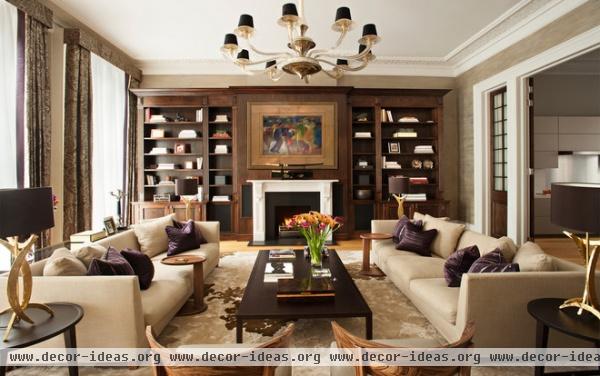
Symmetrical
With symmetrical balance, objects are repeated or mirrored along a central axis. This sitting room is a masterful example of symmetrical balance, as every major piece — from the inviting sofas to the unusual table lamps — aligns along either side of the central line to create a harmonious space.
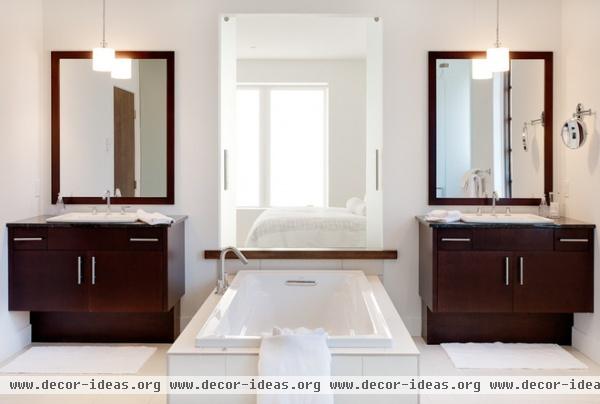
Although it's primarily a practical space, a bathroom works its best when it's beautiful as well as functional. In this symmetrical layout, custom his-and-her vanities on either side of the central bathtub divide the space. The dark wood pops beautifully against the neutral bathtub and tiles.
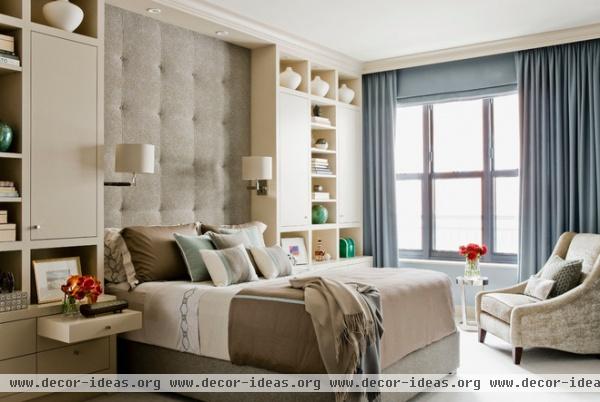
This balanced, symmetrical custom cabinetry allows the tufted head of the bed to act as the focal point in this bedroom, since it serves as the cabinetry's center axis. Objects repeated on the shelving bring an additional calmness.

Asymmetrical
Asymmetrical balance makes for a more relaxed and lively interior space. This balance scheme uses a central line but relies more on the eye's sense of balance to complete the design. Rather than having identical objects on either side of the central axis, asymmetrically balanced spaces have different objects of equal visual weight on either side of the line.
In this living room, the left side of the fireplace serves as the central line. The height and weight of the sofa and cushions on the right balance the console on the left. The height of the fireplace surround also balances out the tall bookshelves.
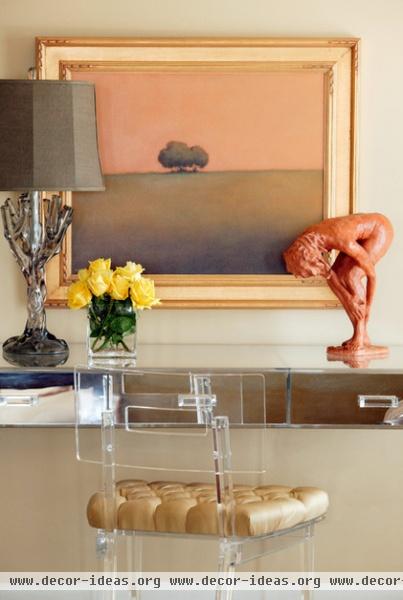
Hall tables are perfect places to experiment with asymmetrical balance. As with symmetrical designs, an imaginary centerline on the table can help with object placement.
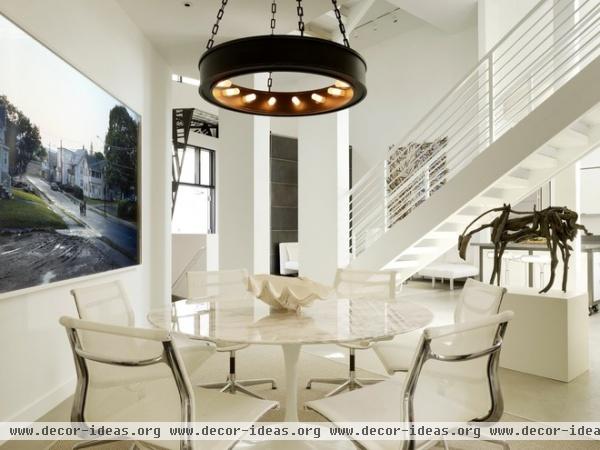
Radial
You see radial balance less often in traditional homes; round rooms are difficult to link to other spaces. But the result can be stunning. The central elements of a radially balanced room — like the dining table and light fixture in this dining space — become the immediate focal points. The chairs, sculpture and print all radiate out from this central point.
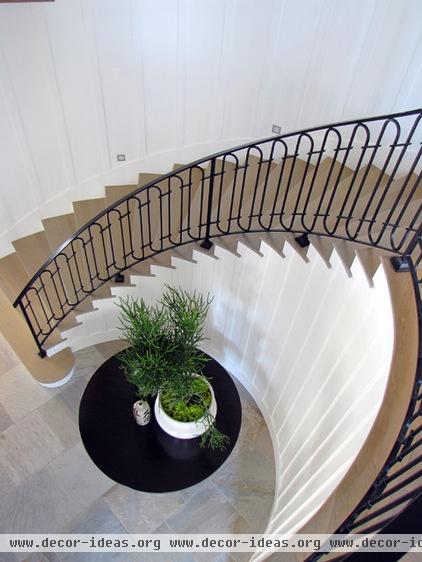
This circular staircase creates a feeling of grandeur and focus. The hall table embraces the radial balance of the space, and the circular planter attracts the eye. The dark color of the table is an eye-pleasing link to the black metal railing.
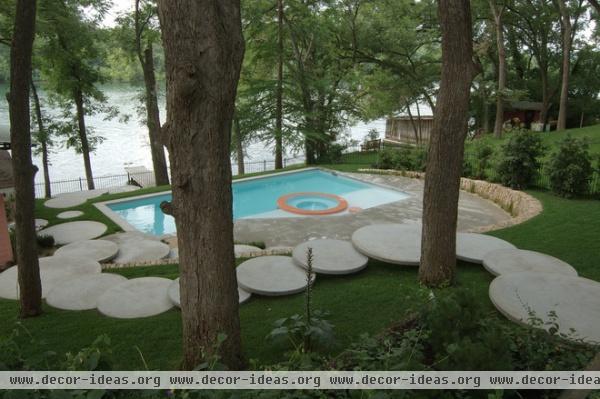
You can use radial symmetry in the landscape not only to create a focal point, but also as a practical approach to design. This swimming pool is offset into a circular retaining wall; the circular stepping stones show people the way to the pool and add balance and stability.
More: How to apply the principles of balance outside
Related Articles Recommended












